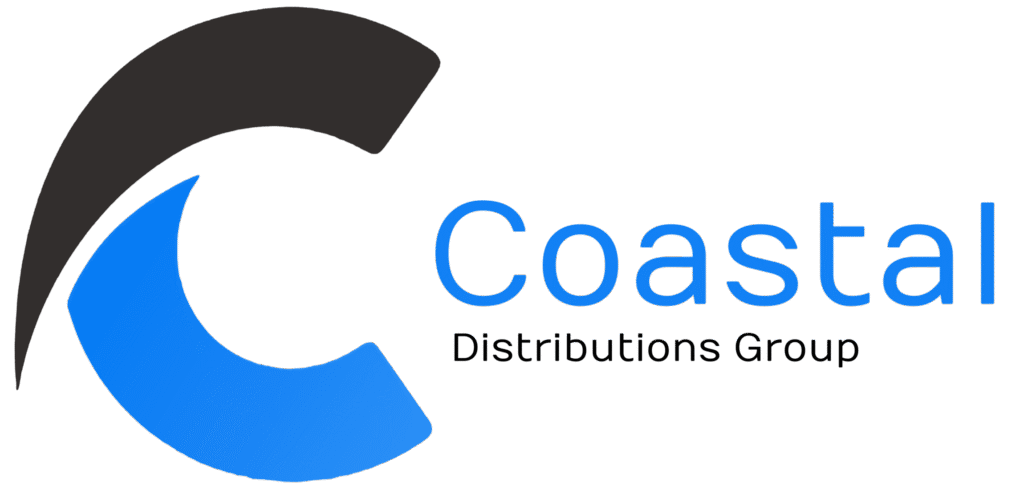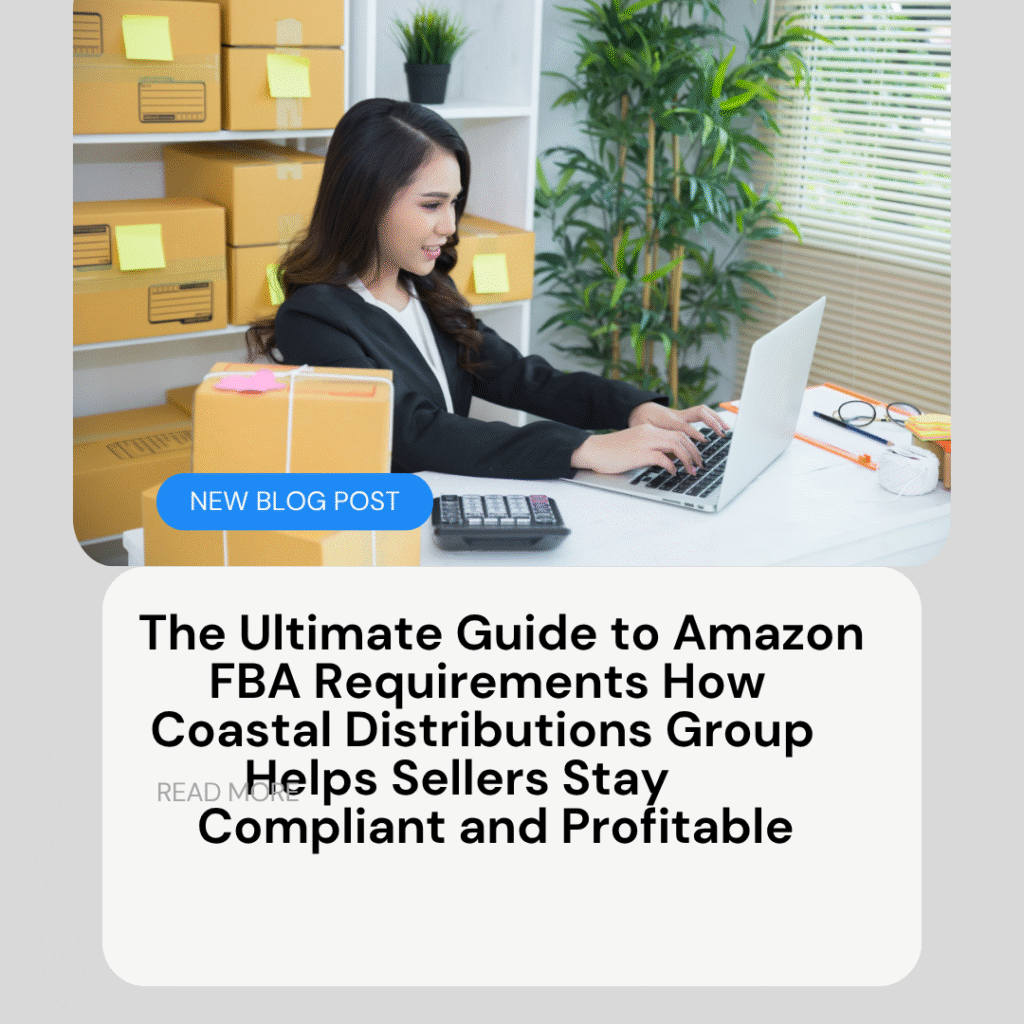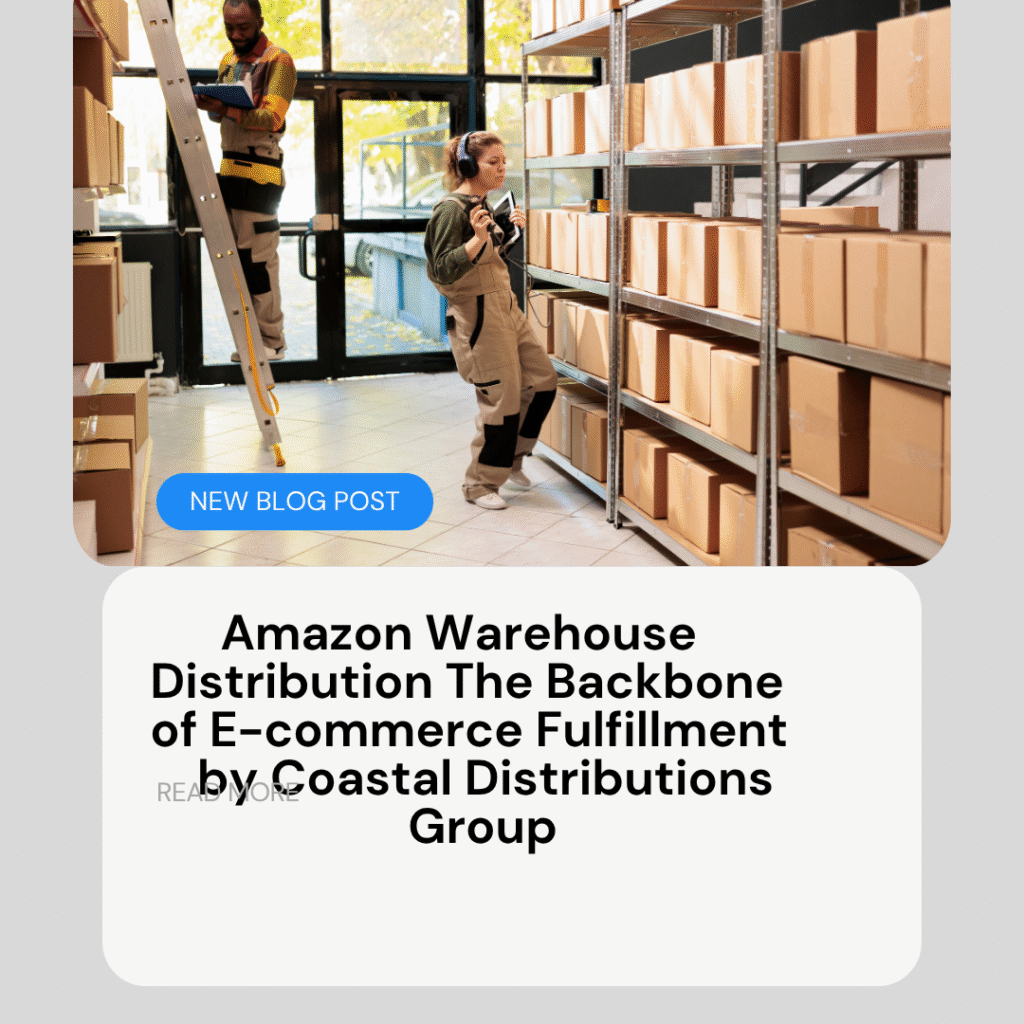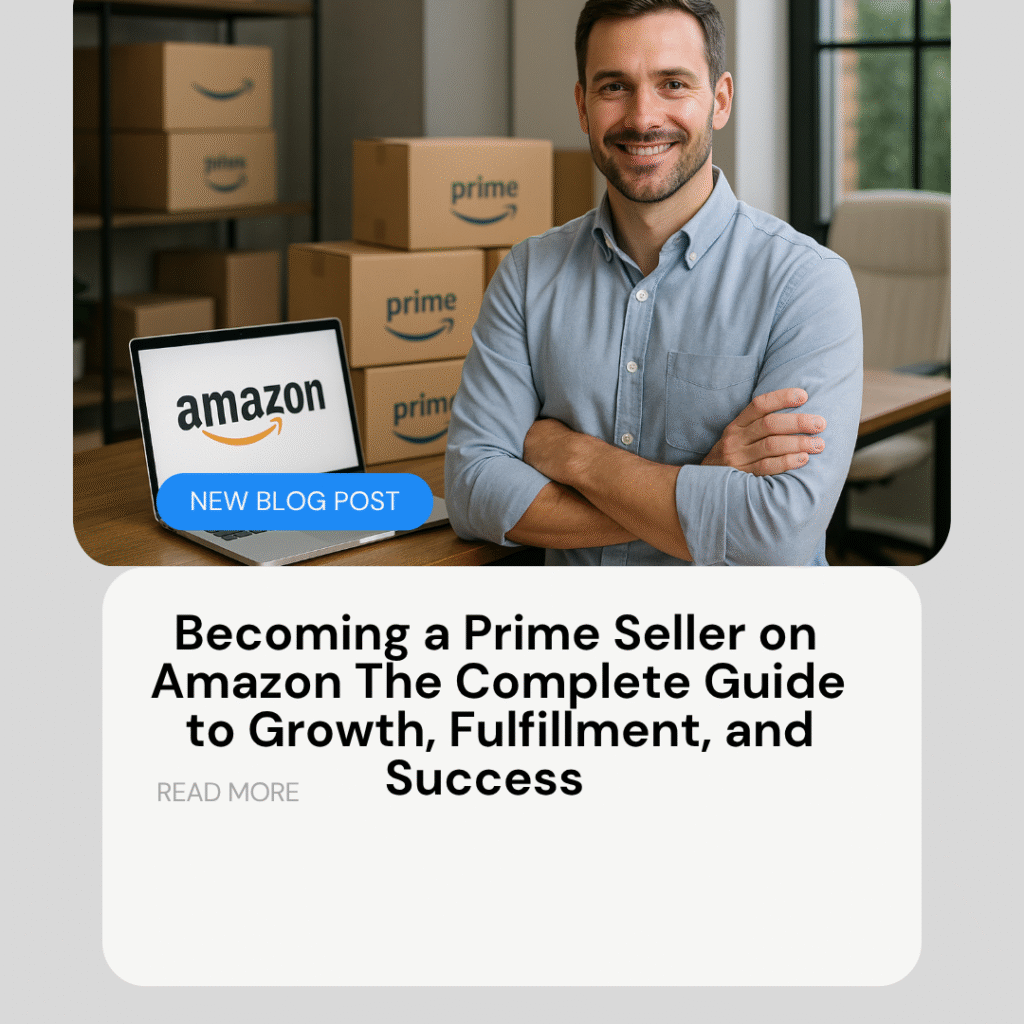The Ultimate Guide to EOQ (Economic Order Quantity) for Smarter Supply Chain Management
The Ultimate Guide to EOQ (Economic Order Quantity) for Smarter Supply Chain Management
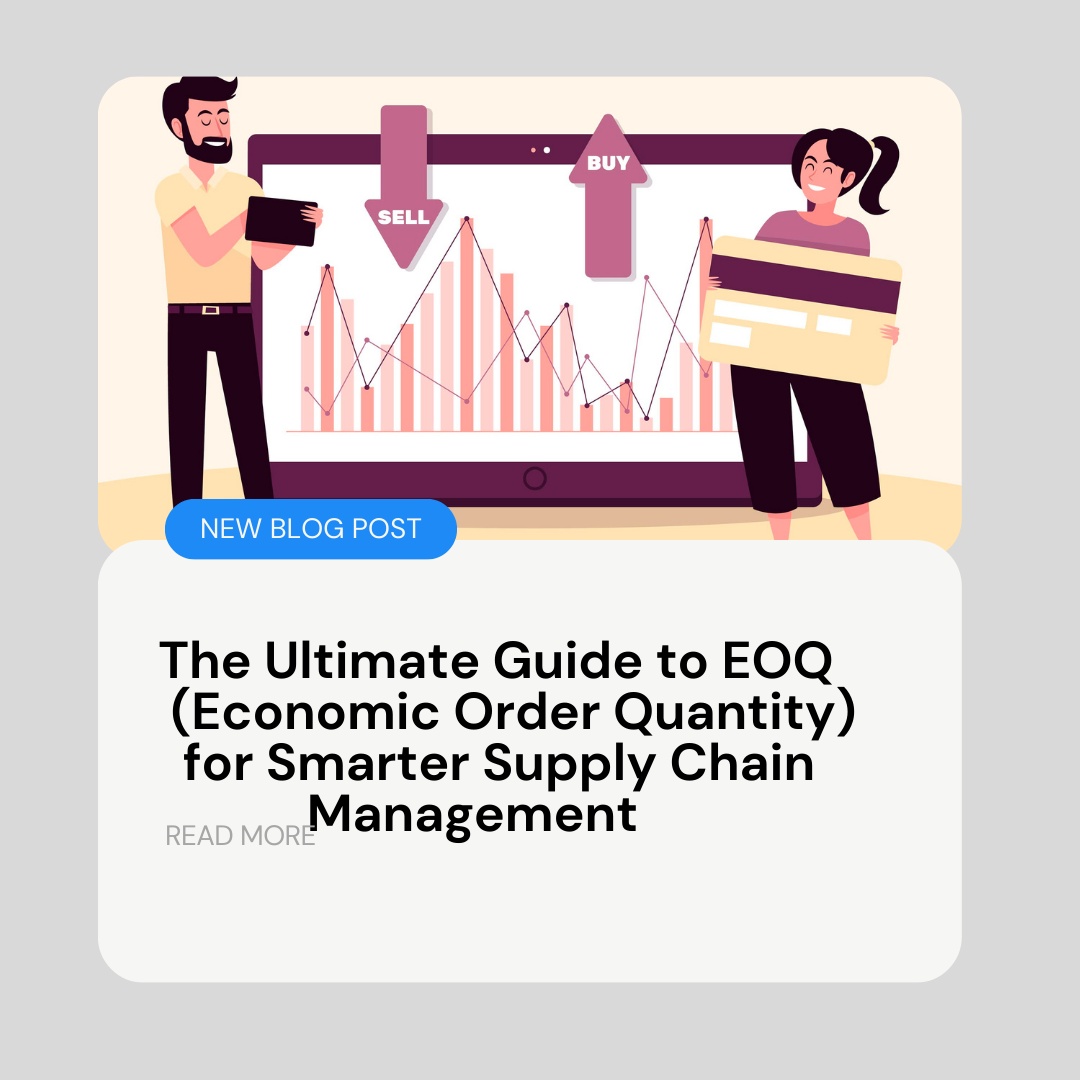
Table of Contents
Why EOQ Matters in Modern Supply Chains
In today’s fast-paced supply chain environment, businesses must strike a delicate balance: order too much inventory and risk excess holding costs, order too little and face stockouts or delays. The Economic Order Quantity (EOQ) model is a proven method to optimize inventory levels, reduce costs, and ensure smooth operations.
At Coastal Distributions Group, we specialize in providing businesses with strategic logistics and distribution solutions. EOQ is one of the most critical models we help companies implement to achieve efficiency, profitability, and customer satisfaction.
This article explores EOQ in depth, its history, formulas, applications, and real-world impact — all while demonstrating how Coastal Distributions Group leverages this model to streamline supply chain operations for our partners.
Understanding EOQ
What is EOQ?
Economic Order Quantity (EOQ) is the optimal order quantity a company should purchase to minimize total inventory costs. These costs generally include:
- Ordering Costs (administrative expenses, shipping, procurement labor)
- Holding Costs (storage, insurance, depreciation, obsolescence)
The EOQ formula balances these two costs to identify the “sweet spot” where the combined expense is minimized.
Historical Background
The EOQ model was first developed by Ford W. Harris in 1913 and has been a cornerstone of inventory management ever since. While over a century old, it remains highly relevant today — especially when applied with modern data analytics and logistics tools.
The EOQ Formula
The classical EOQ formula is:
EOQ=2DSHEOQ = \sqrt{\frac{2DS}{H}}
Where:
- D = Demand (units per year)
- S = Ordering cost per order
- H = Holding cost per unit per year
This formula provides the quantity that minimizes total costs.
Example
If a company sells 10,000 units annually, with an ordering cost of $50 per order and holding cost of $2 per unit per year:
EOQ=2(10,000)(50)2=500,000=707 unitsEOQ = \sqrt{\frac{2(10,000)(50)}{2}} = \sqrt{500,000} = 707 \, units
This means the company should order 707 units each time to achieve optimal cost efficiency.
Components of EOQ
- Ordering Costs
- Costs incurred when placing an order, including labor, paperwork, shipping, and vendor communication.
- Holding Costs
- Expenses associated with storing inventory — warehouse rent, utilities, insurance, depreciation, shrinkage.
- Demand Forecasting
- EOQ is only as accurate as demand projections. Reliable forecasting is critical for EOQ’s effectiveness.
EOQ in the Real World
While EOQ provides a strong theoretical model, its real-world applications depend on factors such as:
- Lead times from suppliers
- Seasonal demand fluctuations
- Price discounts for bulk purchases
- Uncertainties like supply chain disruptions
At Coastal Distributions Group, we customize EOQ models by integrating advanced demand forecasting, supplier analytics, and risk management tools.
Advantages of EOQ
- Reduced Total Costs
- Strikes a balance between ordering too frequently and carrying excessive stock.
- Improved Cash Flow
- Less money tied up in inventory, more available for business growth.
- Operational Efficiency
- Helps warehouse managers plan capacity and streamline replenishment.
- Better Supplier Relationships
- Consistent ordering patterns improve trust and predictability.
Limitations of EOQ
Despite its strengths, EOQ has limitations:
- Assumes constant demand (not always realistic)
- Doesn’t account for quantity discounts
- Ignores stockout or shortage costs
- Requires accurate data (demand, costs)
This is why Coastal Distributions Group combines EOQ with modern techniques such as ABC analysis, JIT (Just-in-Time), and advanced ERP systems.
EOQ vs Other Inventory Models
- Just-in-Time (JIT): Focuses on minimal inventory, EOQ balances costs.
- Reorder Point (ROP): EOQ answers “how much,” ROP answers “when.”
- Safety Stock Models: EOQ doesn’t account for uncertainty, but when paired with safety stock, businesses achieve resilience.
Technology & EOQ
With AI, data analytics, and ERP systems, EOQ can now be dynamically adjusted in real time. Coastal Distributions Group leverages:
- Forecasting AI models for demand prediction
- IoT-based warehouse sensors for accurate holding costs
- Cloud-based ERP systems to calculate EOQ automatically
EOQ in Different Industries
- Retail: Ensures shelves are stocked without overbuying.
- Manufacturing: Balances raw material orders.
- Healthcare: Critical for managing medical supplies.
- E-commerce: Manages high turnover and variable demand.
EOQ at Coastal Distributions Group
At Coastal Distributions Group, we apply EOQ as part of our broader logistics strategy. Our services include:
- Customized EOQ Calculations tailored to industry-specific demands
- Integrated Technology Platforms for real-time inventory management
- Consulting Services to optimize ordering, holding, and supply chain costs
- Partnership Approach where we align EOQ with clients’ growth strategies
EOQ as a Strategic Advantage
The Economic Order Quantity model remains one of the most effective tools for balancing costs, maintaining supply chain stability, and ensuring profitability.
By partnering with Coastal Distributions Group, businesses don’t just calculate EOQ — they gain a complete, technology-driven inventory optimization strategy that delivers sustainable growth.
